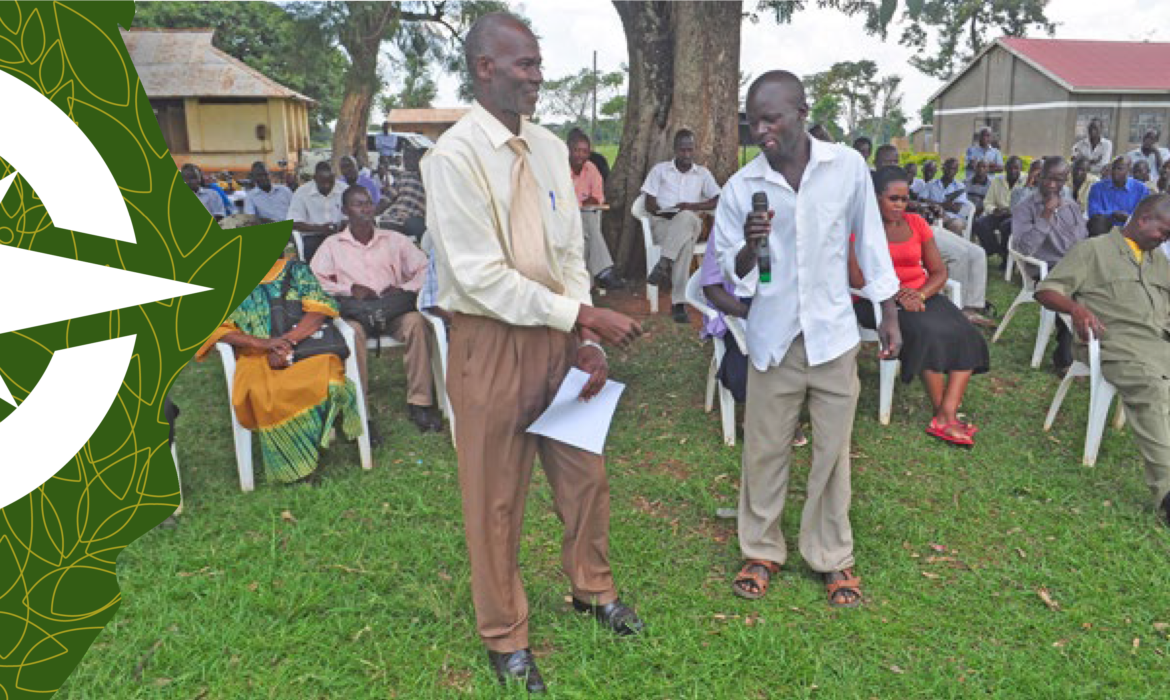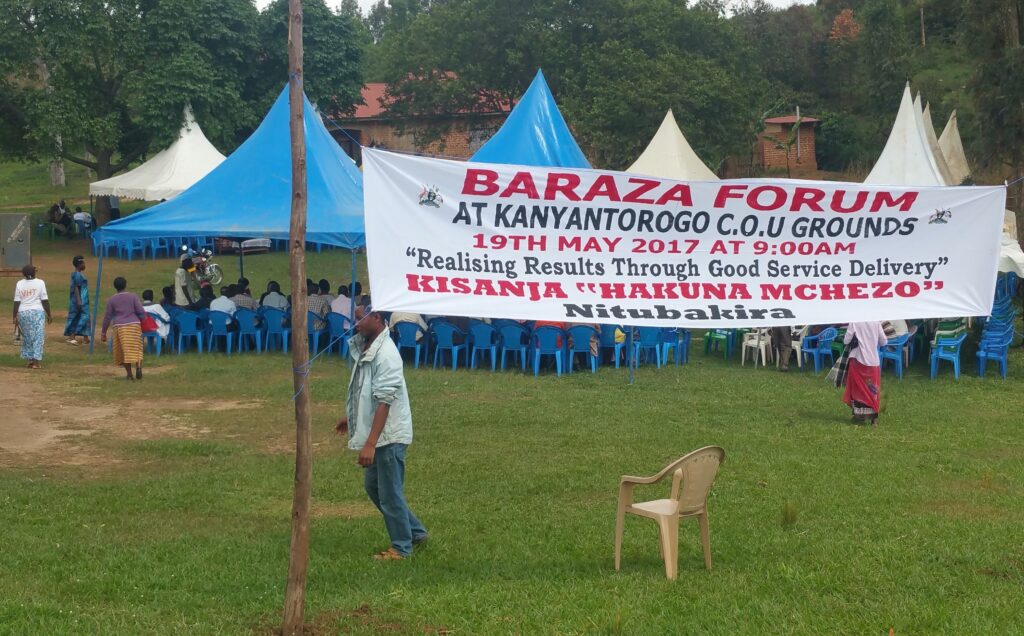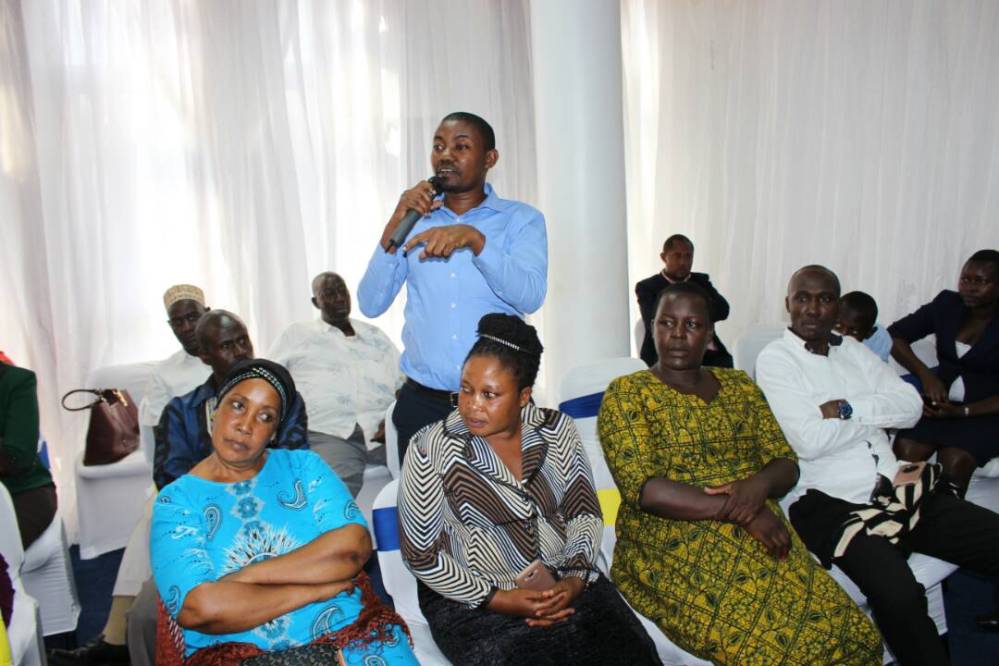
Observations from Aloyce Ratemo and Timothy Lubanga
When COVID19 hit, it took us all by surprise. In response to the pandemic, many governments were unsure of which measures to take and for how long. Governments’ already limited resources were stretched, and economic activities which government rely on for service delivery were increasingly hampered.
Government demand for M&E
Kenya’s government prepared a Post-COVID19 Economic Recovery Strategy, a two-year strategy to put the Kenyan economy on a recovery path. This Strategy included M&E indicators to track the progress of the different initiatives. When preparing a recent progress annual report (2019/20 and 2020/21 Annual Progress Reports), it was clear that economic activity had reduced significantly, and that further monitoring information was needed to guide the next steps. Surveys from the Kenya National Bureau of Statistics painted a bleak picture of the economy particularly around job losses and business closures, further indicating the negative impact of COVID19 on the economy. These has aided in resource allocation and mobilization efforts.
In Uganda there was an increased demand for evidence, particularly real health and economic statistics and M&E data. The government of Uganda, facing social pressures, came up with a strategy to increase its social welfare programs for the hardest-hit citizens. However, it became clear that the Bureau of Statistics did not have the necessary data to find and understand who was hardest hit. As a result, the government made a directive to invest more in statistics and M&E systems so as to have the necessary information to target service delivery to vulnerable groups better.
In Uganda and Kenya there has been a reduction in development assistance funding over the last couple of years. Increased demand for M&E has been driven mainly by a desire by governments for prudent spending and budgeting; ensuring they put resources where it will yield greatest benefits. The government has been doing this by better prioritization and maximisation of resources, particularly in the last 18 months.
Impact on citizens’ participation in holding government accountable
Juggling the demands for social distancing and lockdowns on one hand with the desire for citizen participation and feedback to government on the other has been a challenge, Existing for a like Baraza’s continues to exist, but with limited numbers and a greater focus on covid-19 activities, which may mean other services have suffered.

In Kenya, one of the governments’ containment measures was to ban all forms of in person meetings and trainings. Unfortunately this has stalled a lot engagement points with community and progress reports from the various government agencies show that most targets were not achieved due to COVID-19 containment measures.
Expanding Information and Communications Technologies (ICTs)
The move to working from home has not always been easy, but the evaluation community has adapted well. In a recent National M&E Conference Kenya (9th National M&E Conference), over 600 participants engaged from online platforms. This was the highest attendance of the event since its inception. Another positive outcome of the online migration has to been allow a more streamlined annual progress report (track the implementation of the Medium Term Plan of Kenya). Online methods of data collection and validation facilitated completion of the annual progress report in record time – three months earlier than usual.

Uganda saw a slower uptake of online engagements and tools, however, since embarrassing the transition, online migration has increased participation and attendance at meetings, workshops and conferences. Secondly, it has encouraged essential upgrades to information and communications technologies, while also saving money on international and local travel.
Expectations for the future post COVID
The COVID-19 pandemic brought to light the lack of adequate systems, data and statistics needs to be able to guide decisions and learning in a more nimble way. Investing in ICT will provide opportunities for greater collaboration, communication and cost-effective monitoring. However, governments must continue to prioritise their own evidence needs and invest in quality data systems, rapid evaluations and long term goals. There is need for capacity building on how to conduct M&E in the context of pandemics. M&E Plans need to be revised to address recovery strategies. Explore new data collections methods and methodologies to conduct M&E.
 CreativeBox
CreativeBox
